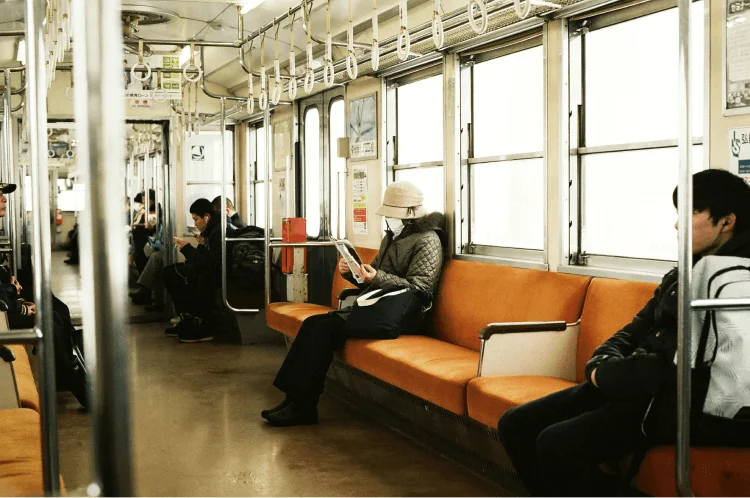In this guide, we’ll explain if Uber is available in Japan, how it stacks up against other local transport options, and try to help you navigate the country like a pro.
To make navigating even easier, consider using an iRoamly Japan travel eSIM for fast connectivity, allowing you to book rides and access maps on the go.
If you’re a first-timer or simply looking to ensure you know all your transportation options, getting around can have a significant impact on the quality of your trip.
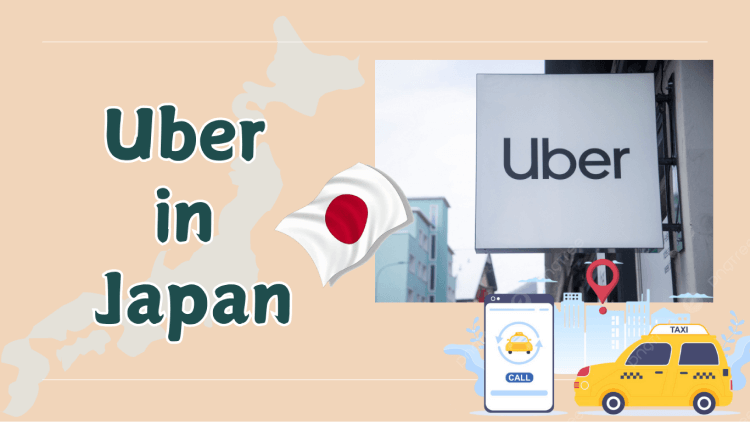
Is There an Uber in Japan?
Yes, but it’s not as wide-spread or popular as it is in many other countries—such as the US or UK.
Uber arrived in Tokyo in 2018, and remains largely centered around major cities, such as Tokyo, Kyoto, or Osaka. Additionally, it generally only offers Uber Black for high-end rides and – of course – at high-end prices.
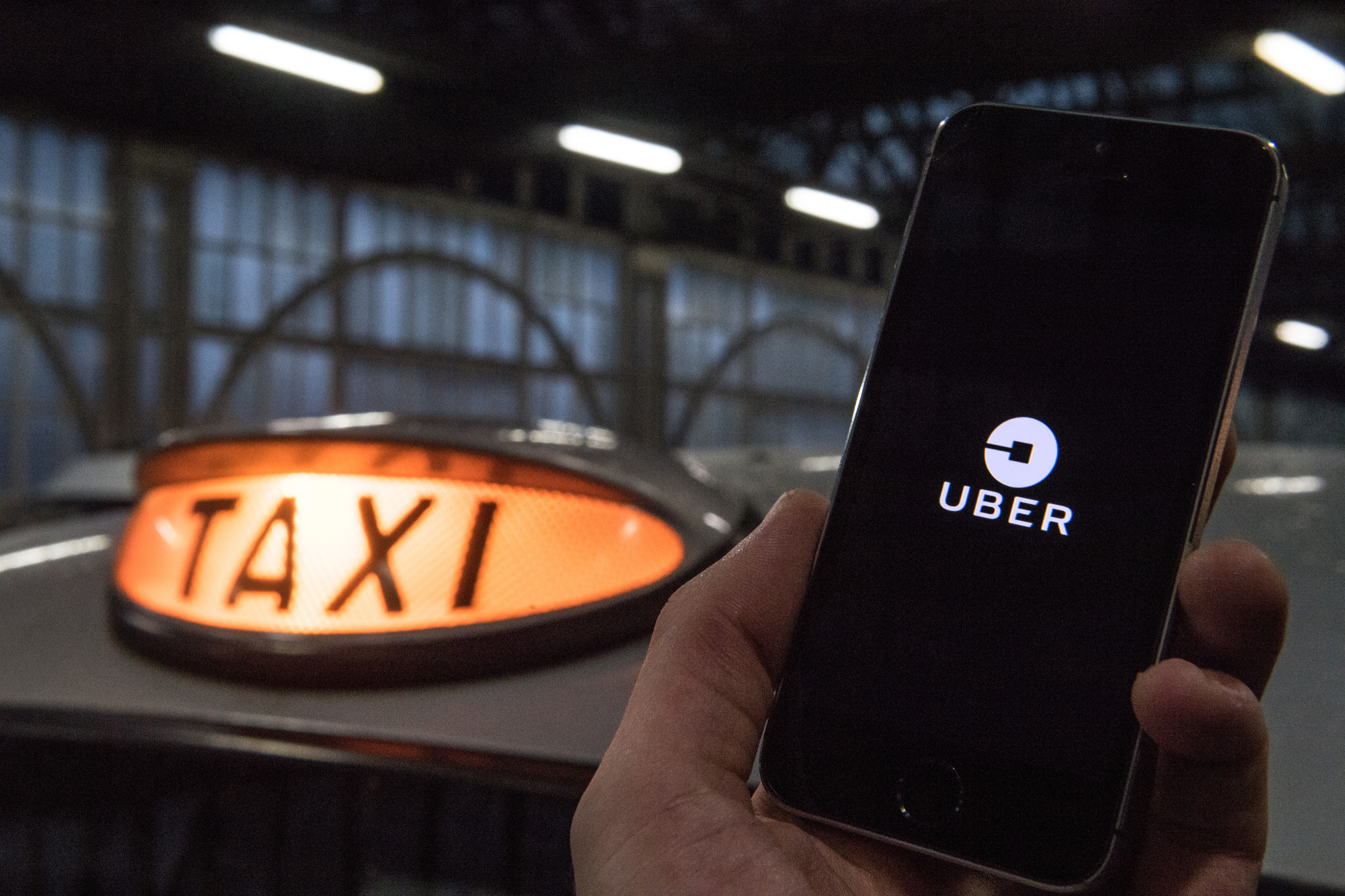
How to Use Uber in Japan
Using Uber in Japan is similar to using it in other countries, with the app functioning the same way.
Where can I use Uber in Japan
Uber operates in limited areas of Japan, which are still more than enough to get you around. Below are some of the prime locations where you can use Uber:
Tokyo: Uber is available in the center of Tokyo, such as Shibuya, Shinjuku, and Roppongi. There are limited cars compared to traditional cabs.
Osaka: Uber can be used in central Osaka, including Namba and Umeda. Again, like Tokyo, it’s usually more prevalent in commercial urban areas.
Kyoto: Uber does operate here in Kyoto, however they have a smaller presence compared to larger cities like Tokyo or Osaka.
Fukuoka: Uber is available in Fukuoka, specifically downtown, providing an easy way for people to get around.
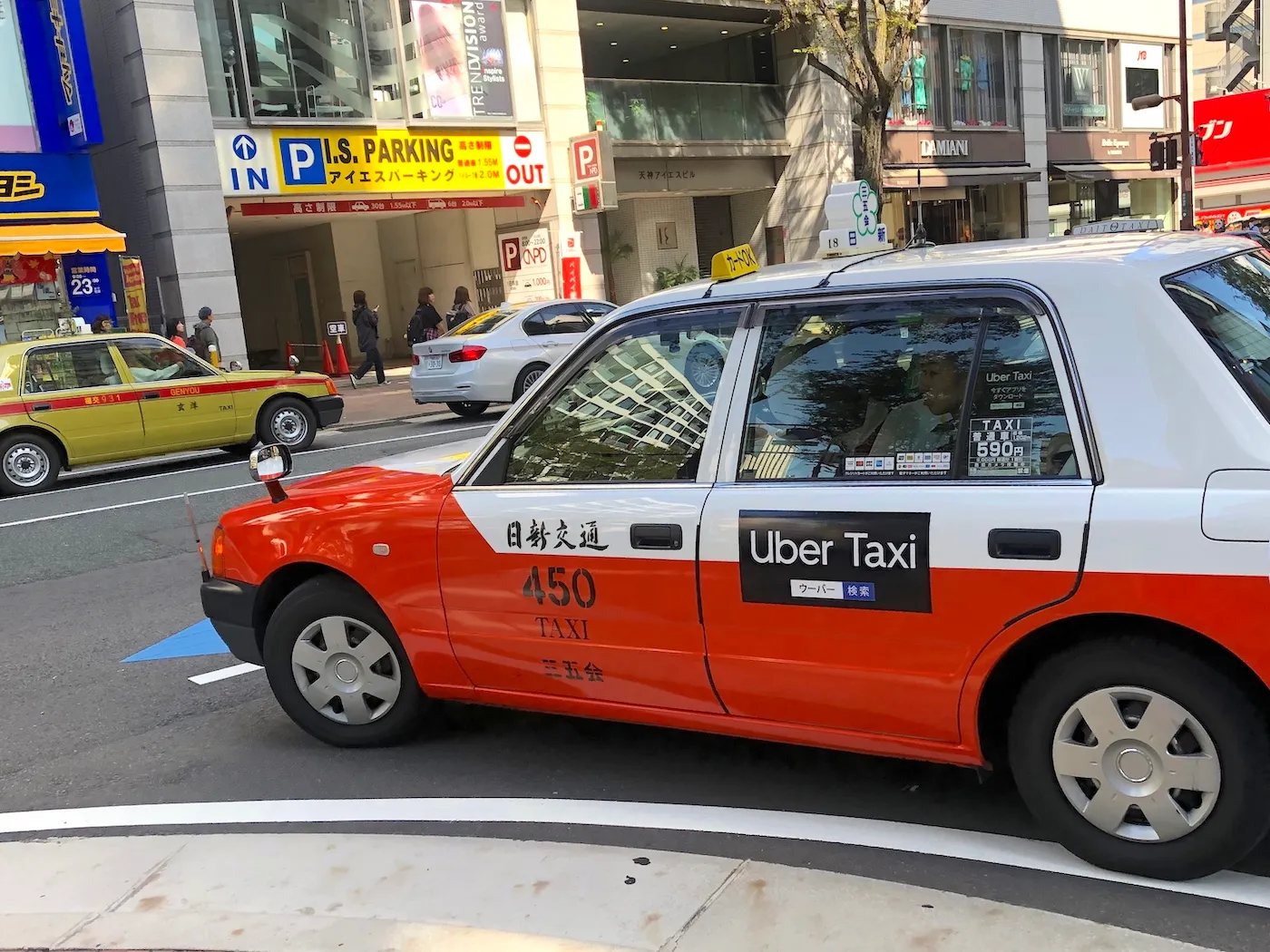
Pros of Uber in Japan
Cashless Payment - All transactions are done through the app, so there’s no need to carry cash or worry about exchanging money.
English-Friendly App - The app is in English, which makes it easy for international visitors to book and get around.
Safe and Secure - With driver profiles and live location sharing, Uber is the safer solo traveler option.
Variety of Ride Options - Uber offers a wide range of vehicle choices, allowing you to make the best choice for your needs.
Flexible Availability - Rides can be had 24/7, so you can get around, even late at night, with ease.
Why Isn't Uber More Popular in Japan?
1. Strong Competition from Local Services
Japan is home to efficient public transportation systems, such as trains, buses, and taxis. The presence of reliable local taxi services throughout Japan decreases the reliance of many people on Uber.
2. Cultural Differences
In Japan, where the cultural value of Uber is concerned, there is a stark difference in how taxis are hailed. Taxis in Japan are most often hailed from assigned zones and Japanese taxi drivers operate under stringent rules which may discourage them from using Uber.
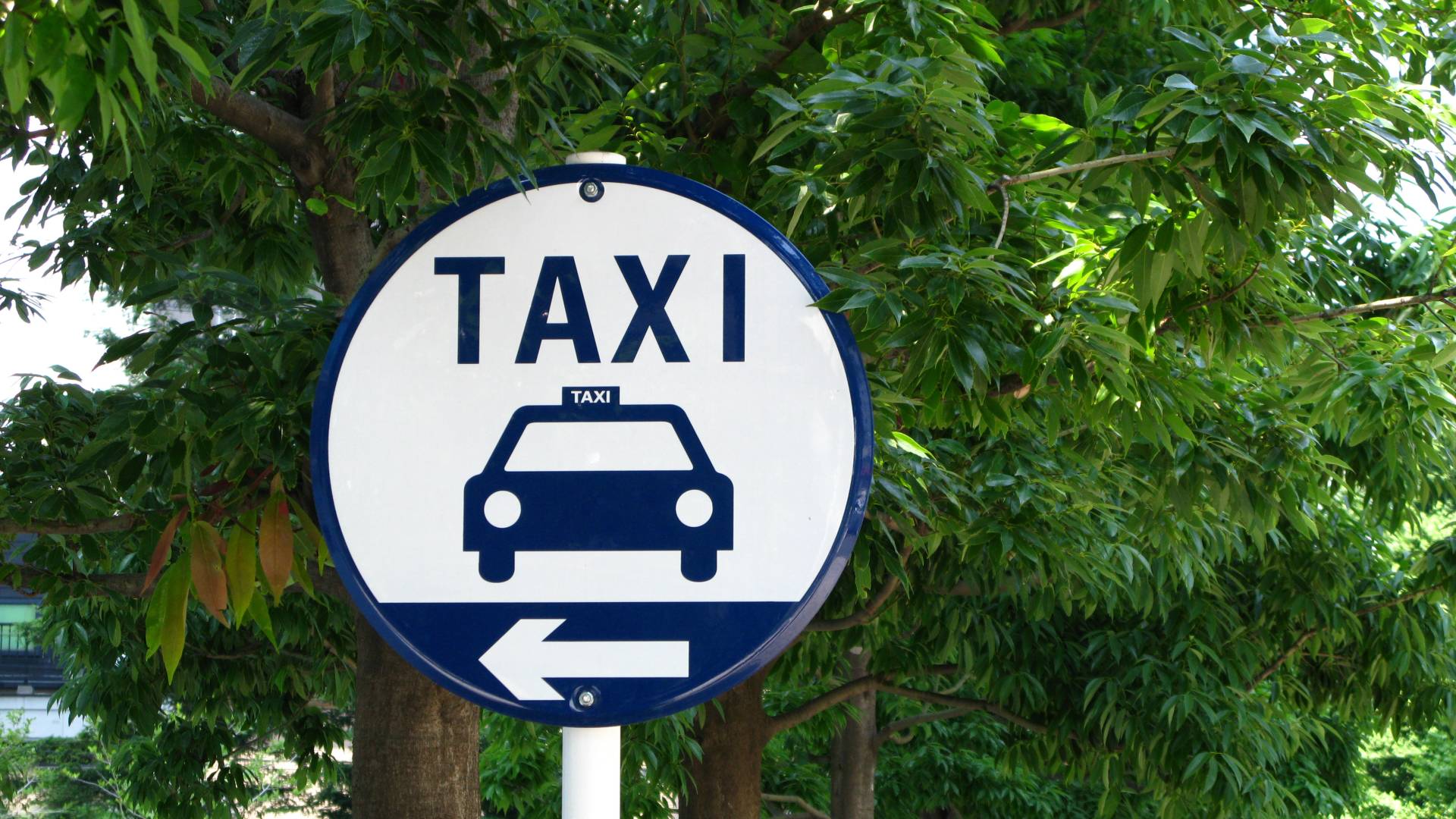
3. Regulations on Taxi Industry
Japan’s taxi industry is tightly regulated with government-mandated rules and set fares. Uber has had troubles overcoming these regulations, so its growth has been stifled in Japan.
4. Safety and Trust in Traditional Services
In Japan, many customers have a high degree of trust in traditional services. Local taxis in Japan are considered safe and reliable by many customers, and not everyone is necessarily as comfortable using an app-based service to hail a ride.
5. Limited Coverage Area
Uber services in Japan are extremely limited; it is available in some major cities (like Tokyo), but it still plays second fiddle to other group transport services like Japan Taxi.
There are very few Uber services outside of these major cities, making it less accommodating for people visiting other parts of Japan.
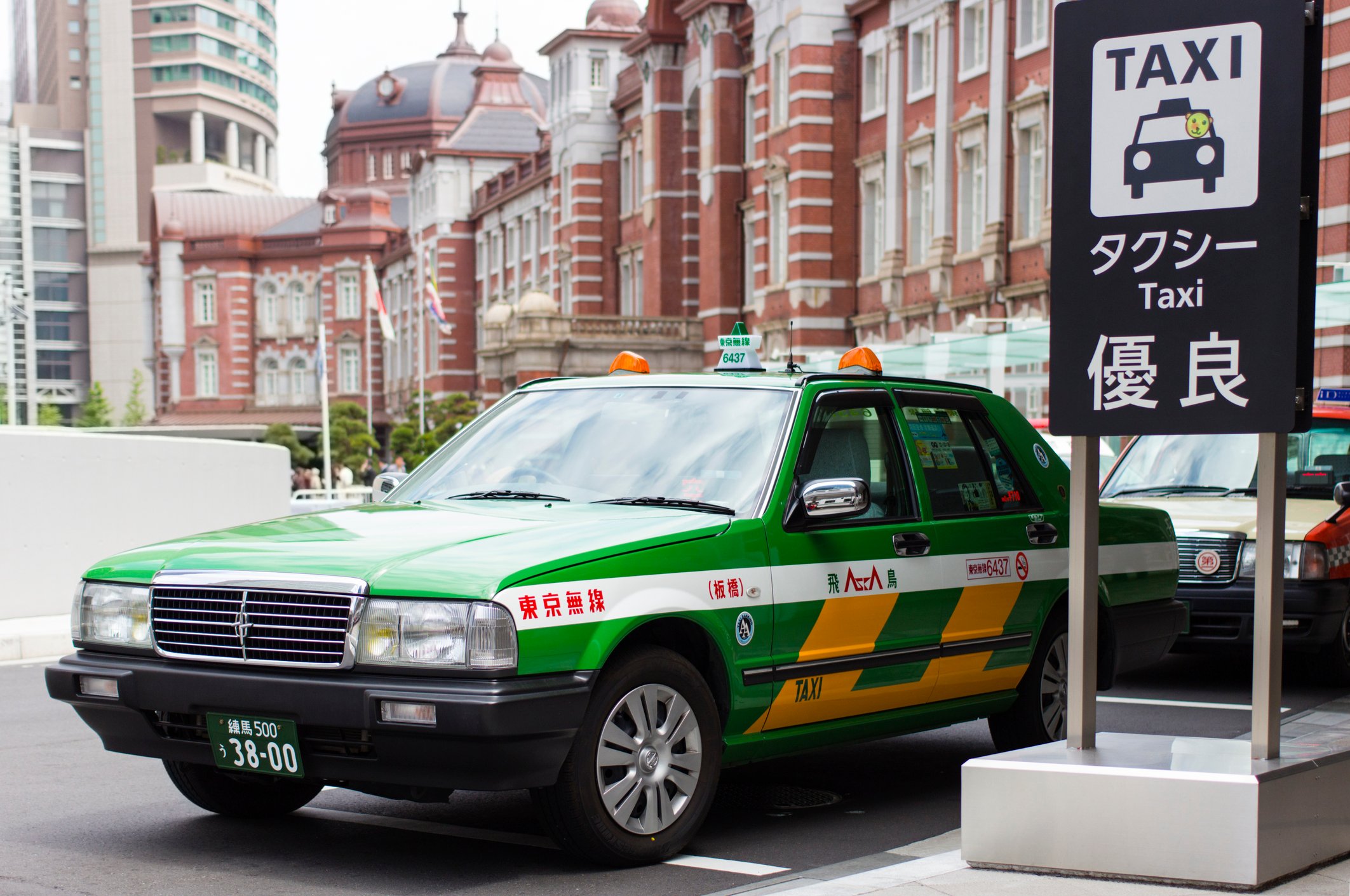
6. Uber Ride Costs Are Expensive
In Japan, Uber is more expensive than a regular cab or other ride service, particularly in cities like Tokyo and Kyoto. Ride-hailing apps in Japan also have a platform service fee, which further devalues using Uber.
Comparing Uber with Other Transportation Options
As such, for people in Japan using Uber is either taking a different route to public transport, by choice or oversight, or it’s limited to longer trips and riders looking to spend more on premium options. Competitors for the latter kind of journey include;
1. Trains and Subways:
Both faster and cheaper, even when filling in service gaps for smaller cities such as Fukuoka or Sapporo
Payment: Cash, all major credit cards, prepaid cards Suica or Pasmo

2. Taxis
Widespread and inexpensive – often comparable in price for short inner-city trips, but cheaper factoring in base fares and potentially shorter wait times for an Uber driver to show up
Payment: Used to be cash-only, now more widely accepts credit card and mobile payments
3. Buses
Extensive and far more wallet-friendly with routes not covered by trains
Payment: Cash (often exact fare required), transportation cards, some mobile payments (NFC)
Experience From The Receiving End:
All this, compounded with cost, has made Uber a service we’re disinclined to use for daily commutes or low-impact travel, only wanting to splash out for a bit of luxury.
But then, does the relative affordability of Uber in markets abroad make it feel inherently less valuable, worth less, and attract a certain kind of poorly behaved clientele that make my normal preference seem like a wise choice?
Other Apps for Traveling Around Japan
However, for those who find Uber's options limited or too expensive, there are alternative apps like JapanTaxi and DiDi, which offer services similar to Uber with widespread availability across many Japanese cities.
1. JapanTaxi
Pros: Popular and available with a credit card, payment is easy.
Cons: Rates higher than ridesharing services, operate mostly like traditional taxis.
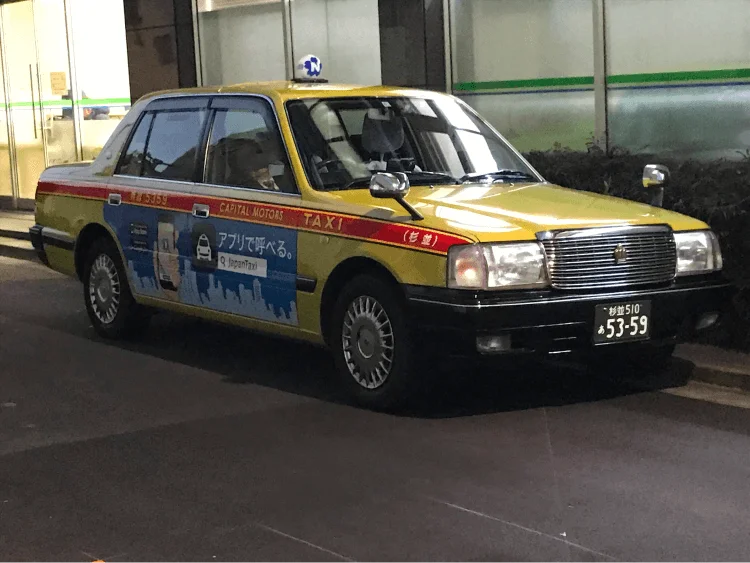
2. LINE Taxi
Advantages: Integrated with LINE messaging, offering discounts.
Disadvantages: Limited mostly to urban areas.
3. Didi Japan
Advantages: Competitive prices and multilingual support.
Cons: Coverage isn’t as extensive as it is for other apps, it’s mostly a taxi-hailing app.

4. Near Me
Pros: App not hard to use; keeps track and pays immediately.
Disadvantages: Limited to major cities and fewer discounts.
5. GoTo Travel (Local Taxis)
Advantages: Reliable and easy to find in cities.
Cons: Can be costly, no app to track rides.
6. Mobility Apps for Public Transport
Rather than ride-hailing, apps like NAVITIME and Jorudan can help you get to grips with public transport systems, offering route finding, timetable information, and even price estimates for trains and buses across Japan, though typically focusing on major tourist areas — as well as larger urban spaces.
Not only do these apps offer convenient options for travel, but many have features or options specifically targeted at non-Japanese speakers, meaning that they can be a great alternative to Uber for navigating day-to-day life in Japan.
How to Save on Public Transport in Japan
When planning your trip to Japan, picking the right transport ticket can save you a lot and make your journey smoother. Here’s a quick rundown on choosing the best ticket to fit your travels and manage your Japan trip costs effectively:
Japan Rail Pass (JR Pass): If you’re going to be traveling between cities more than the cities themselves, then a JR Pass is the closest thing essential for visitors. You’ll enjoy unlimited travel on all but a few of Japan’s trains, most notably the Shinkansen, the iconic “bullet trains”, making it perfect for lengthy travel overland:
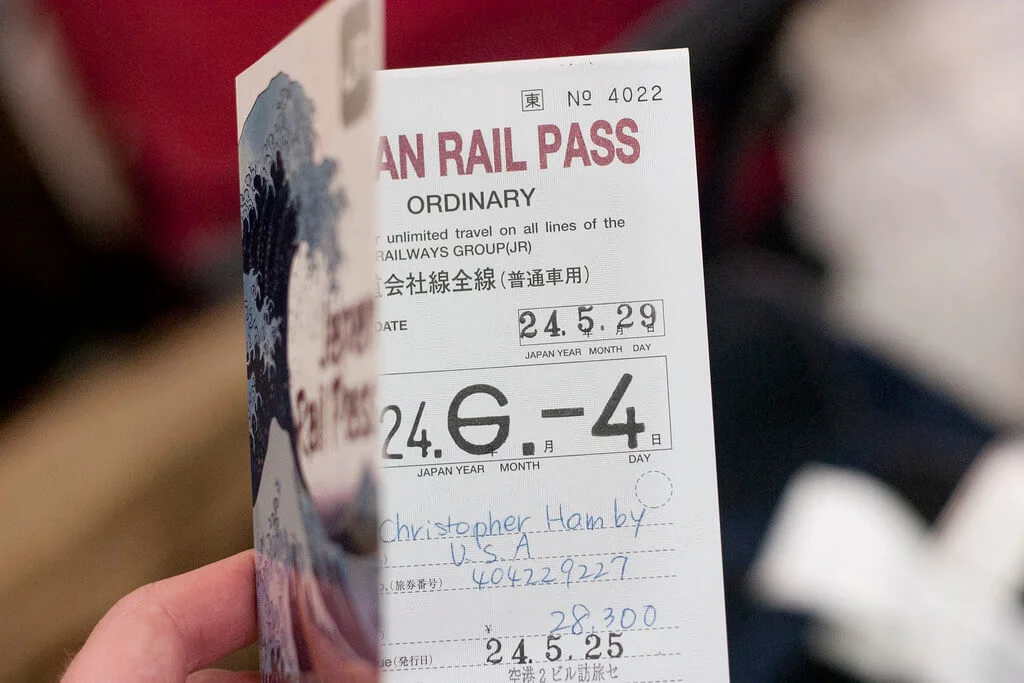
Prepaid IC Cards (Suica, Pasmo, ICOCA): For shorter visits or shorter jaunts around the city, these rechargeable cards are the simplest way of getting around public transit in the biggest cities such as Tokyo, Osaka, and Kyoto.
Regional Rail Passes: If you only plan to visit one area of Japan, such as Kansai or Hokkaido, then picking up a regional pass allows you unfettered access to a whole region’s train lines at a bargain rate.
City Day Passes: Perfect for power-sightseeing days in a single city. Day passes tend to grant unlimited rides on city buses and subways, providing a cost-effective way to get around within a city.
Tourist Attraction Passes: Often providing a combo of transport and entry to specific locations, passes such as the Hakone Free Pass are a great way to combine tickets, saving you money if you’re planning to hit several Japan landmarks in a day!
With the right choice of ticket, being able to afford public transit in Japan becomes a convenient and inexpensive way to see as much of the cultural and natural highlights of your trip as possible.
FAQ
1. Is Uber cheaper than taxi in Japan?
No, Uber is not cheaper than taxis in Japan since taxi prices are regulated.
2. Does Lyft exist in Japan?
No, Lyft is not available in Japan.
3. Do Japanese Taxis Accept Credit Cards?
Yes, many taxis in Japan do accept credit cards, especially in cities. However, it's best to ask the driver or use an app.
4. What is the most affordable way to get around Japan?
The cheapest way to travel Japan is with public transportation, such as trains and subways with a Japan Rail Pass or Suica card.
Conclusion
While Uber remains an option in Japan, for most visitors the country’s public transport will be faster, cheaper, and more efficient to get around the country with.
Be it rail, bus, or occasional taxi, getting around Japan is a swift, pleasant affair.
Enjoy your trip!

